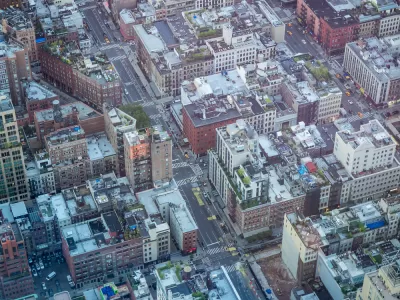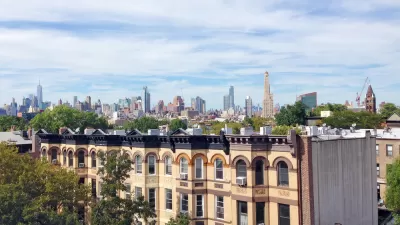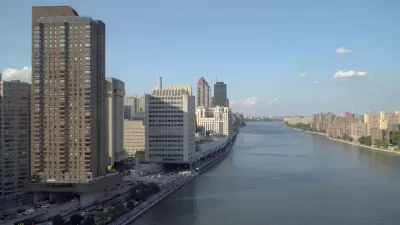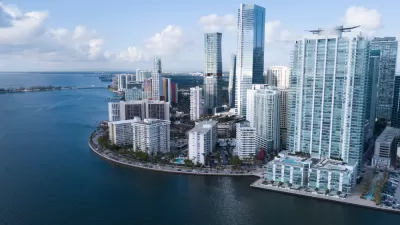New data make it possible to trace outline of COVID-19's footprint on the Big Apple real estate market.

C.J. Hughes shares the latest data on the state of the New York City real estate market during the pandemic year of 2020, saying that the "pandemic's effect on the real-estate market has come into sharp relief" at the beginning of 2021.
To summarize the narrative described by the article. 2020 was grim, but a recovery is already underway.
But first the unavoidable pain of a year that saw the city prohibit apartment showings and construction for extended periods during the year:
There were 7,048 sales of co-ops and condos in Manhattan in 2020, versus 10,048 in 2019, representing a nearly 30 percent drop, according to [brokerage Douglas] Elliman, with co-op and condo sales down about equally.
Prices didn't drop nearly as much as sales, according to the same source, and demand increased for larger homes. "Apartments that sold last year typically measured 1,217 square feet, up from 1,148 in 2019," writes Hughes. Moreover, "the high-end bracket — homes listed for $5 million to $20 million — was the only one to enjoy an increase in values last year, and a large one, of more than 20 percent."
All of those trends together are bad sign for the city's existing socioeconomic divide, notes Hughes.
For signs of recovery, Hughes cites a new report from the firm Brown Harris Stevens, which found evidence of an increasing amount of sales activity in the final quarter of the year. The same report also says that available apartments are taking less time to rent.
FULL STORY: New York Real Estate Begins Its Recovery

Maui's Vacation Rental Debate Turns Ugly
Verbal attacks, misinformation campaigns and fistfights plague a high-stakes debate to convert thousands of vacation rentals into long-term housing.

Planetizen Federal Action Tracker
A weekly monitor of how Trump’s orders and actions are impacting planners and planning in America.

In Urban Planning, AI Prompting Could be the New Design Thinking
Creativity has long been key to great urban design. What if we see AI as our new creative partner?

How Trump's HUD Budget Proposal Would Harm Homelessness Response
Experts say the change to the HUD budget would make it more difficult to identify people who are homeless and connect them with services, and to prevent homelessness.

The Vast Potential of the Right-of-Way
One writer argues that the space between two building faces is the most important element of the built environment.

Florida Seniors Face Rising Homelessness Risk
High housing costs are pushing more seniors, many of them on a fixed income, into homelessness.
Urban Design for Planners 1: Software Tools
This six-course series explores essential urban design concepts using open source software and equips planners with the tools they need to participate fully in the urban design process.
Planning for Universal Design
Learn the tools for implementing Universal Design in planning regulations.
Gallatin County Department of Planning & Community Development
Heyer Gruel & Associates PA
JM Goldson LLC
City of Camden Redevelopment Agency
City of Astoria
Transportation Research & Education Center (TREC) at Portland State University
Jefferson Parish Government
Camden Redevelopment Agency
City of Claremont





























